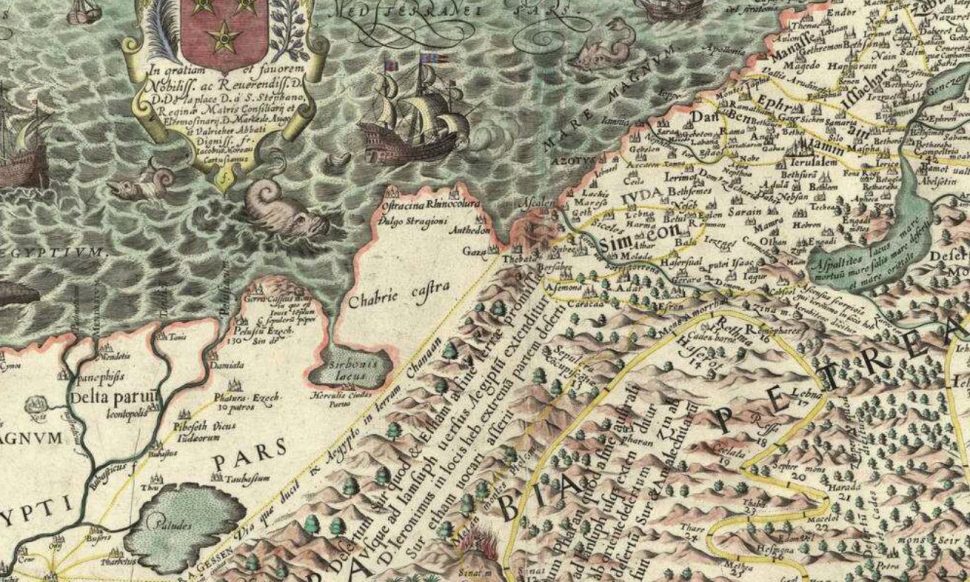The Exodus is one of the most significant events in the history of the Israelites. It is the story of their escape from slavery in Egypt and their journey to the land of Canaan, which God had promised to them. The geography of the Exodus played a crucial role in shaping the experiences and beliefs of the Israelites. Here's a closer look at the journey from Egypt to Canaan.
- Egypt: The Exodus began in Egypt, where the Israelites had been living in slavery for over 400 years. According to the Bible, Moses led the Israelites out of Egypt and across the Red Sea, which God miraculously parted to allow them to pass.
- Sinai Peninsula: After crossing the Red Sea, the Israelites traveled through the Sinai Peninsula, a barren and desolate region that was difficult to navigate. It was at Mount Sinai that Moses received the Ten Commandments and established the covenant between God and the Israelites.
- Wilderness: The Israelites spent 40 years wandering in the wilderness, a harsh and unforgiving landscape that was marked by sand dunes, rocky terrain, and extreme temperatures. They relied on God's provision of manna and water to sustain them during their journey.
- Jordan River: The Israelites eventually arrived at the Jordan River, which they crossed into the land of Canaan, the promised land. The crossing of the Jordan River is seen as a symbol of the Israelites' transition from slavery to freedom.
- Canaan: The land of Canaan was a region that was rich in resources and had fertile soil, making it an ideal location for settlement. The Israelites faced many challenges as they established themselves in the land, including conflicts with other tribes and struggles to maintain their religious beliefs.
The geography of the Exodus provides us with a greater understanding of the challenges and triumphs of the Israelites as they journeyed from slavery in Egypt to freedom in the promised land. The landscape of the region played a significant role in shaping their experiences and beliefs, and continues to be an important part of their cultural and religious heritage.




